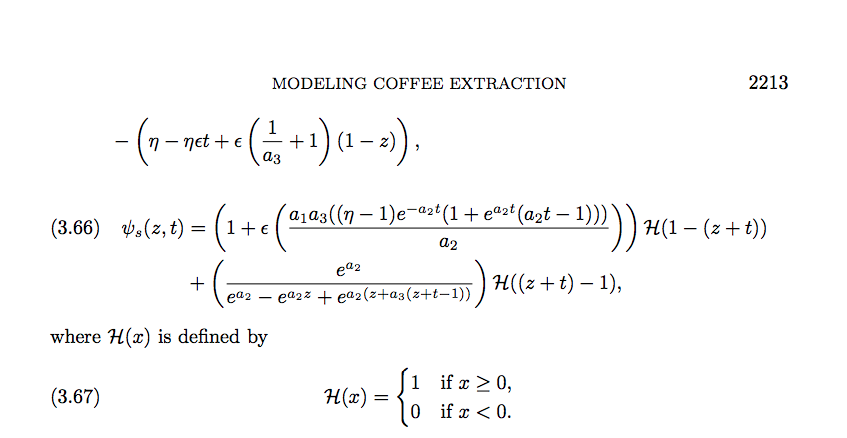
A simple cup of black filter coffee—that ubiquitous fuel of labor forces across the globe—is composed of more than 1,800 chemical components. And now scientists think they can rein in those components to create the perfect cup.
In a study published in the SIAM Journal on Applied Mathematics (pdf), boiling down the best-tasting cup of joe may have everything to do with how coffee goes through drip filter machines. That meant analyzing the size of coffee grains, and what water can extract from those different-sized grains. “Extraction of coffee solubles from roast and ground coffee is a highly complex process, depending on a large number of brewing parameters,” the scientists wrote.
The key is that in cases where grains are too fine, coffee can often be more bitter to the taste, meanwhile coffee not ground enough can wind up too watery. Among some of the variables they looked at were intragranular porosity, intergranular porosity, coffee solid density, the grain diffusion fitting coefficient, and the surface dissolution fitting coefficient. This is what some of the math looks like:













